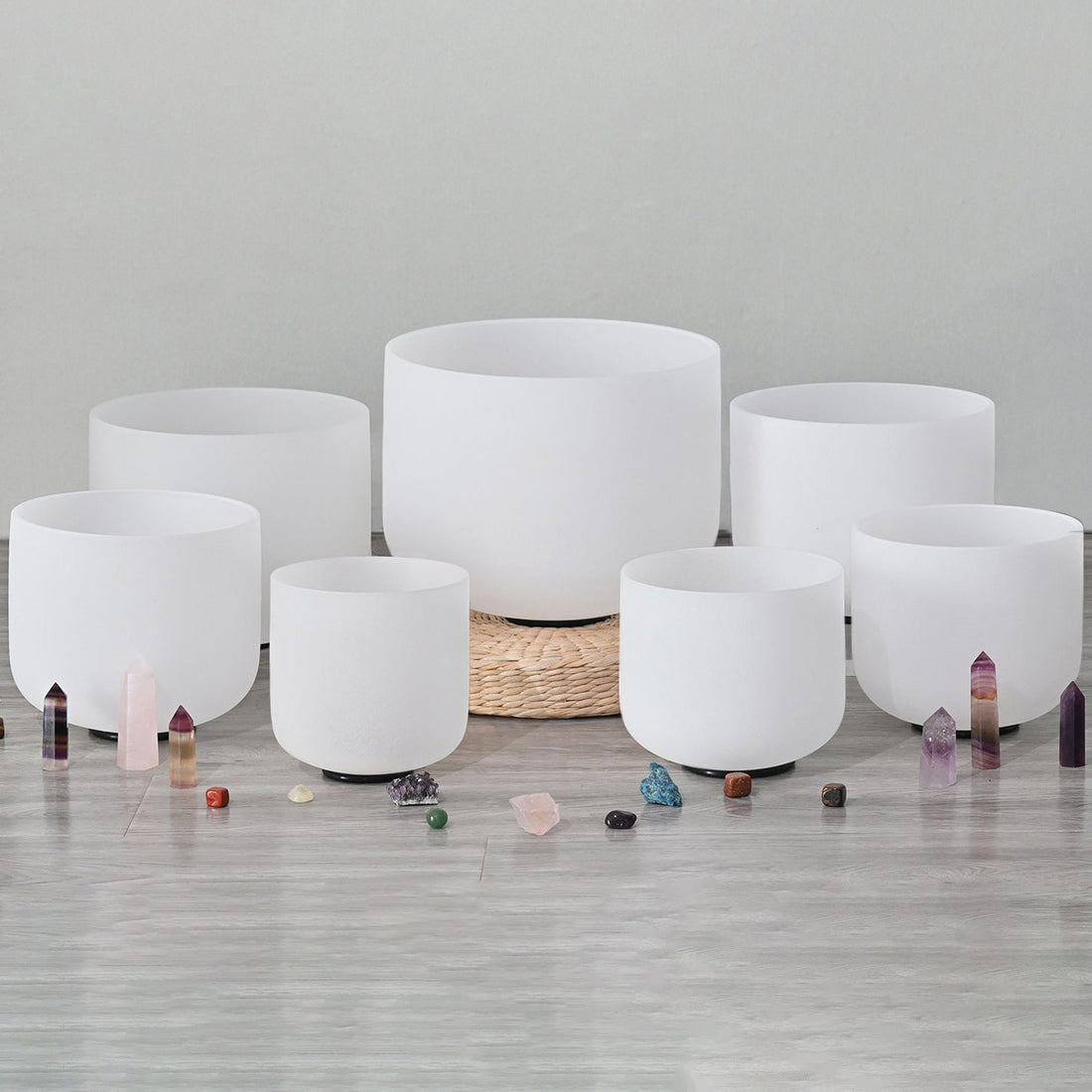
Understanding Sleeplessness: Why the Logical Path Leads to COZHOM X Series Bedding
Share
If you typed “sleeplessness” into a search bar, you are looking for answers to a common but deeply disruptive problem. This article builds a rational path from occasional sleepless nights, to persistent insomnia, to over-the-counter (OTC) options, and finally to why environment-based solutions like COZHOM X Series Bedding often emerge as the sustainable choice.
1. Sleeplessness: how frequent is the problem?
The first diagnostic question is always: is it occasional or persistent?
- Occasional: 1–2 rough nights due to stress, jet lag, late caffeine, or screens.
- Persistent: sleeplessness occurring at least 3 nights per week for several weeks — usually classified as insomnia.
2. Occasional sleeplessness: low-risk strategies
For short-lived sleeplessness, the guidance is basic:
- Improve sleep hygiene (consistent schedule, dark cool room, no phones before bed).
- Brief use of melatonin if circadian misalignment is obvious (e.g., travel).
- Relaxation or mindfulness for pre-sleep anxiety.
These steps are sufficient for many people — but they don’t solve recurring sleeplessness.
3. Persistent sleeplessness: the decision fork
When sleeplessness becomes chronic, most users face three possible approaches:
- OTC or prescription pills — easy, but with side effects and not sustainable long term.
- Cognitive-behavioral or lifestyle therapy — effective but takes commitment.
- Environment improvement — focusing on temperature, bedding, and circulation triggers that often cause awakenings.
4. Why pills alone are not a perfect solution
Antihistamine-based OTC sleep aids (like diphenhydramine or doxylamine) are sedating but often cause next-day grogginess and tolerance. Melatonin is gentle but does not reliably fix sleep maintenance insomnia. This leaves many people searching again — not for stronger pills, but for sustainable fixes.
5. Environment: the overlooked lever
Research shows that bedroom environment — temperature, airflow, and bedding quality — is among the strongest non-drug predictors of sleep continuity. If you wake up sweaty, cold, or uncomfortable, no pill can fix the root trigger. Bedding that supports thermoregulation and circulation is a logical environmental intervention.
6. Mapping the path to COZHOM X Series Bedding
COZHOM X Series Bedding is specifically engineered for sleepers who reach this stage of decision-making:
- Its fabric technology is designed to promote blood microcirculation, addressing one of the hidden causes of restless nights.
- It aims to improve the oxygen-carrying ability of red blood cells, potentially reducing nighttime awakenings tied to poor circulation.
- It creates a stable microclimate in bed, reducing overheating or chills that fragment sleep.
7. The logical deduction step-by-step
- You have sleeplessness.
- You check frequency → it’s persistent, not one-off.
- You test OTC pills → side effects, limited relief.
- You realize environment is under-optimized.
- You identify bedding as the most direct environmental fix.
- You compare bedding solutions → COZHOM X Series stands out for its functional claims on circulation and oxygenation.
- You make the rational choice: invest in bedding that addresses physical root causes, not just symptoms.
8. A practical self-test
Commit to a 3–4 week trial: replace your old bedding with COZHOM X Series, keep your other habits stable, and track awakenings and morning energy. If your sleeplessness decreases, the environment fix was the missing piece.
9. Conclusion
Sleeplessness is not always a pill problem — often it is an environment problem. Following the logical decision path leads many users to recognize that the sustainable next step is bedding engineered for sleep physiology. That is exactly what COZHOM X Series offers.
Explore COZHOM X Series Bedding →
Disclaimer: It is not a substitute for medical advice. Consult a healthcare provider for serious or worsening insomnia.